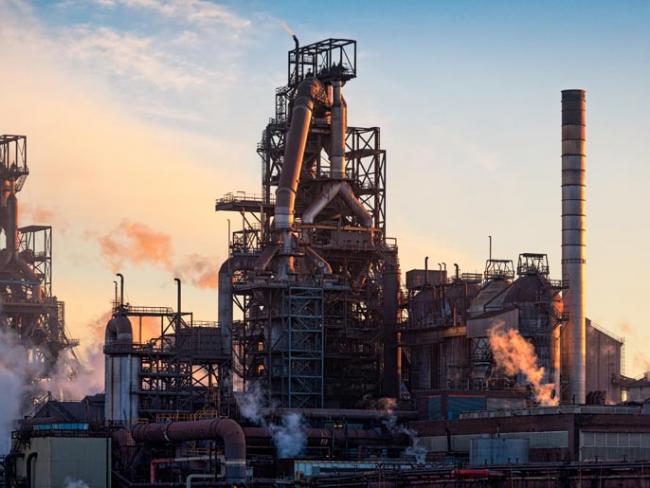
Port Talbot, where the last blast furnace closed in September 2024. Photo Chris Goddard/shutterstock.com.
The wave of privatisations in the past 45 years has devastated British industry…
After the six devastating years of the Second World War, the British economy was in ruins. Rebuilding was the order of the day, and major industries and services were identified as key for redevelopment.
Nationalisation, bringing privately owned assets into public control, was seen as the vehicle to ensure that the necessary nationwide planning, re-tooling and investment could be undertaken.
The primary factor in this change of direction was not the Labour government. It was the will of the people, both the military personnel returning from active service in the war, and the civilians who had endured it.
No going back
They were absolutely determined that there would be no going back to the old days and the old ways, of mass unemployment, sweatshop working, slum housing, rudimentary education for most, and healthcare only for those who had money.
In rapid succession, coal, electricity, railways and the iron and steel industry were nationalised. These industries, so fundamental to the war effort, had for years been run down in private hands, starved of investment and innovation.
The owners and their shareholders were either unable or unwilling to enact change, and so were replaced by boards, with ministerial oversight, charged with managing the industries on behalf of the nation.
In the coal industry for instance, the National Coal Board was created, bringing every pit with more than 30 working miners into public ownership. The colossal task of standardising the structure, pay and conditions, which varied immensely from mine to mine, was undertaken.
Wages began to increase, and the introduction of the five-day week improved life for working pitmen, and attracted new recruits to the industry. Miners themselves broadly welcomed the new approach, with notices at each pit proclaiming “managed by the NCB on behalf of the people”. Incidentally, that did not stop the miners challenging slipshod management.
In industry, and in society at large, the will of the whole people brought about profound change to work, and forced the introduction of the Welfare State, the National Health Service, universal education, improved pensions and much more.
But this “post-war consensus” only lasted about 30 years, swept aside by the wave of privatisations which ushered in a new war on British industry and British workers.
‘For British Steel to be saved it must have British ownership…’
So today, calls for renationalisation of once again embattled industries must confront reality. Like so many of our industries and vital utilities, steel is foreign owned. It is fanciful to imagine that we can confront Indian steel owner Tata and demand that it run British Steel in the interests of Britain; it is run in the interests of Tata.
For British Steel to be saved it must have British ownership. We have the skills, the expertise and the management knowhow to organise the industry. What we lack is control in the form of ownership.
The only possible shape which that control could take is a government buyout. But we appear to lack a government, or any possible government, which is prepared to deviate from the approach of courting overseas investment and selling what remains of our assets.
Terrified
The present government is terrified of the responsibility of running any industry. They also baulk at the sums involved, as did many in the late 1940s.
The truth is, there is money available, not least the billions wasted on net zero and decarbonisation projects.
The question is, do we have the determination that our forebears had 80 years ago? We have a long way to go. We could start with a national conversation about what we want Britain to look like for our children, deciding what is essential for a developed industrial future.
